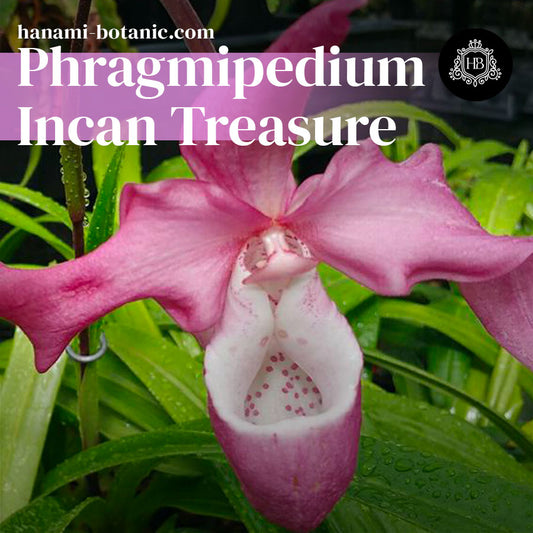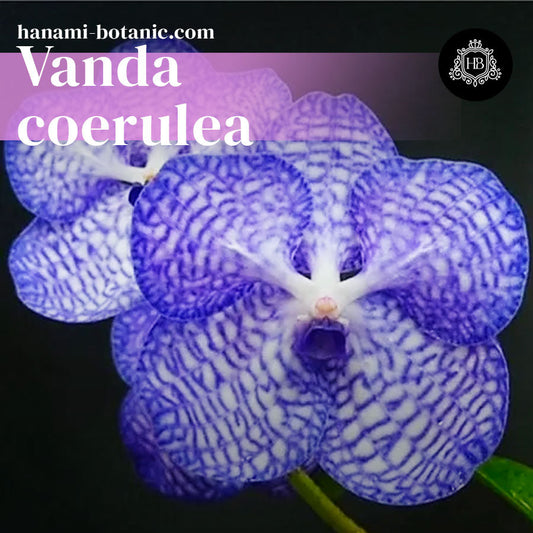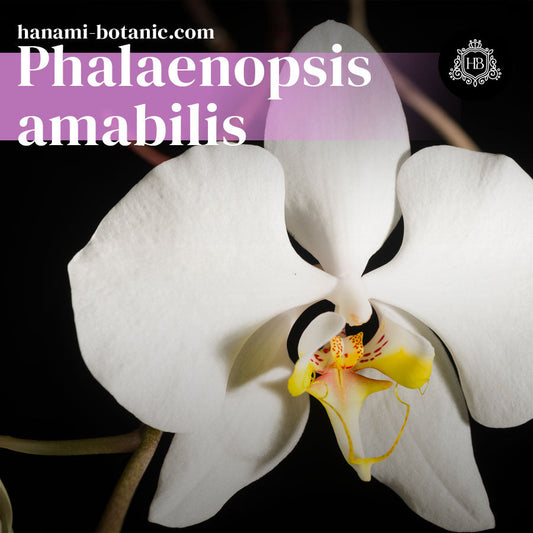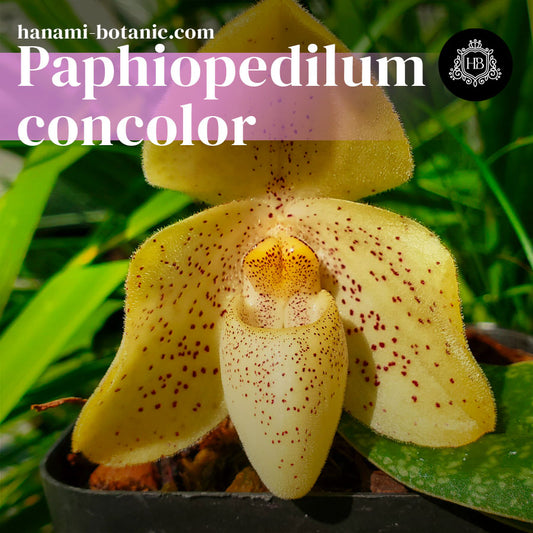The Fascinating History of Wardian Cases: The Origins of Modern Terrariums
Christian St-PierreA Journey Through Time, from the 19th Century to Today
A Glass Haven for Nature
The art of cultivating plants in glass enclosures has seen a remarkable resurgence in recent years. As people seek to bring greenery into their homes, terrariums have become more than just decorative objects—they are tiny ecosystems, self-sustaining and mesmerizing to observe. The appeal of these glass sanctuaries is not new; it has deep historical roots that date back to the 19th century.
With the revival of vintage aesthetics in interior design, the Wardian Case—a forerunner of today’s terrariums—has also regained interest. These elegantly crafted glass enclosures were once essential tools for plant transportation, allowing rare and exotic species to travel across continents. But beyond their practical use, they became cherished decorative pieces, gracing the homes of Victorian-era plant lovers.

As I explored the history of these beautiful glass cases, I couldn’t help but draw parallels with the terrariums I create at Hanami Botanic. My designs pay homage to this rich heritage while embracing contemporary aesthetics and functionality. Through this article, I invite you on a journey through time to discover how the Wardian Case shaped modern terrarium culture.
The Birth of the Wardian Case: A Botanical Revolution
The story of the Wardian Case begins with an accidental discovery by Nathaniel Bagshaw Ward, an English doctor and amateur botanist, in 1829. While observing a moth pupa inside a sealed glass jar, he noticed that a small fern and grass seed had sprouted inside, thriving in the humid, enclosed environment. This led him to experiment with glass enclosures for growing plants, ultimately leading to the invention of the Wardian Case.

Ward’s creation had a profound impact on the 19th-century botanical world. Before its invention, transporting live plants across long distances was nearly impossible due to the harsh conditions of sea voyages. The Wardian Case changed everything—by maintaining a stable microclimate, it allowed exotic plants to be shipped across continents, revolutionizing trade, botany, and even imperial expansion.
With this innovation, tropical plants from South America, Asia, and Africa could reach Europe in healthy condition, fueling the growth of botanical gardens and plant collections across the continent. The Wardian Case played a key role in shaping the plant diversity seen in many historical gardens today.
The Golden Age of Wardian Cases: From Science to Victorian Elegance
As the Wardian Case proved to be a revolutionary tool for plant transportation, its influence quickly extended beyond scientific and botanical circles. During the Victorian era, these elegant glass enclosures became a symbol of refinement and status, evolving into highly decorative pieces for homes and conservatories.

Wealthy families and collectors used Wardian Cases to showcase rare and exotic plants brought back from colonial expeditions. Ferns, orchids, and other tropical species thrived in these controlled environments, allowing urban dwellers to cultivate delicate flora despite the pollution and harsh weather conditions outside.
Over time, the designs of Wardian Cases became increasingly ornate. Skilled artisans crafted cases with intricate metalwork, decorative glass panels, and elaborate wooden bases. Some were designed as centerpieces for drawing rooms, while others adorned grand botanical conservatories, reflecting the Victorian fascination with nature and exoticism.

Their popularity also coincided with the rise of the fern craze (Pteridomania) in the mid-to-late 19th century, where collecting and displaying ferns became a widespread hobby among the upper and middle classes. Wardian Cases provided the perfect humid microclimate for these delicate plants, further fueling their demand.
By the late 19th century, Wardian Cases were not only a functional innovation but also a staple of interior design, merging botanical enthusiasm with artistic craftsmanship.
The Decline and Revival of Terrariums
By the early 20th century, the Wardian Case had begun to fade from prominence. Advances in maritime transport and the development of modern greenhouses made it easier to ship plants without the need for enclosed glass cases. As botanical knowledge expanded and horticultural practices improved, the once-essential Wardian Case became more of a decorative relic than a practical necessity.
However, the concept of glass-enclosed plant environments never entirely disappeared. In the 1960s and 70s, a renewed fascination with self-sustaining ecosystems led to a terrarium revival. People began experimenting with closed terrariums—sealed glass containers that maintained humidity and required minimal maintenance. This resurgence was fueled by the growing environmental consciousness of the era and an appreciation for indoor greenery.

This mid-century movement particularly resonated with me, inspiring the design of my suspended oval terrarium. Capturing the clean lines and organic forms of the era, this piece merges vintage charm with modern minimalism. Its elegant oval shape, suspended in space, creates a floating botanical display reminiscent of the futuristic yet nature-centered aesthetic of the 1960s and 70s. Designed to house delicate plants in a controlled microclimate, it embodies the same principles of preservation and admiration for nature that defined both the Wardian Case and the mid-century terrarium revival.
Today, the influence of both the Wardian Case and the mid-century terrarium revival can be seen in contemporary botanical design. The demand for aesthetically pleasing and functional plant enclosures has led to a new generation of glass gardens, balancing historical inspiration with modern craftsmanship. At Hanami Botanic, I strive to create designs that honor this evolution, merging tradition with contemporary aesthetics.
Contemporary Terrariums: A Modern Interpretation of the Wardian Case
At Hanami Botanic, I see my work as a continuation of this storied tradition. My designs pay tribute to the intricate craftsmanship of Victorian-era Wardian Cases while adapting them to fit modern living spaces and plant care needs.

The artisanal approach and attention to detail in each Hanami Botanic terrarium reflect this lineage. Beyond their beauty, they offer functional benefits—controlled humidity for delicate plants like orchids, minimal maintenance, and a unique way to showcase nature indoors.
This fusion of history and innovation makes contemporary terrariums more than just decorative objects; they are living art pieces that bring nature into our homes in a meaningful way.




